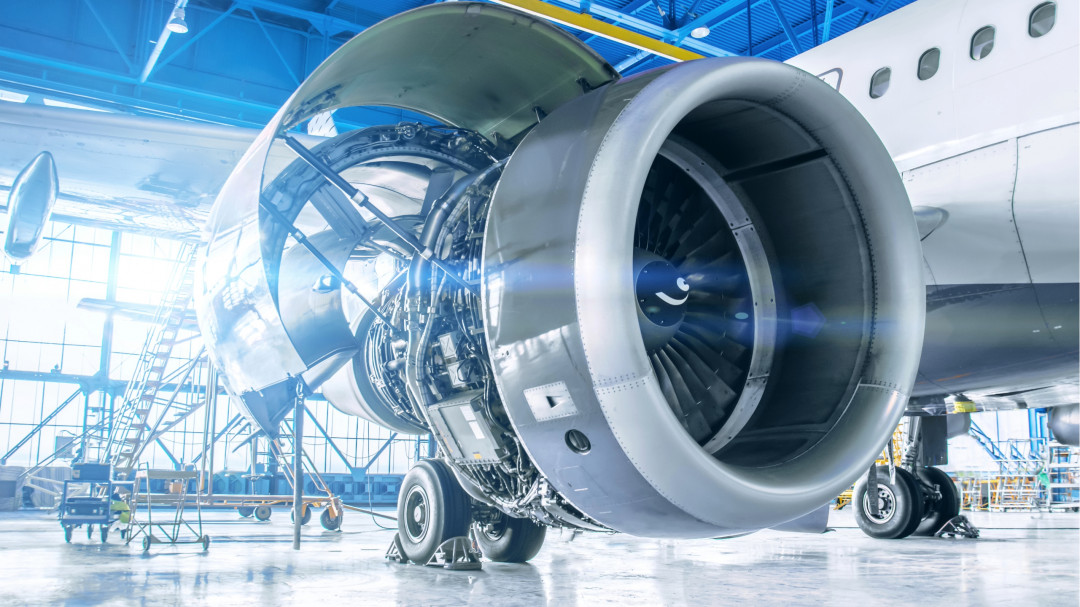
Titanium is relatively light, extremely strong and can withstand high temperatures. That is why it is used in the aerospace and shipping industries as well as in medical technology. In order to produce small quantities or complex geometries economically, manufacturers are now increasingly printing titanium components using 3D printing. However, little research has been done on how these components behave under dynamic stress. A transdisciplinary research project from Kiel is providing new insights. Together with Element 22 GmbH and scuddy GmbH & Co. KG, scientists from the Kiel University of Applied Sciences have analysed and optimised the additive manufacturing of titanium components.
3D printing offers the possibility of manufacturing complex components in small quantities. The Kiel-based company scuddy is taking advantage of this advantage. For years, it has been printing selected components for its electric scooters – mostly made of plastic, but also of aluminium in the prototype area. The engineers at scuddy are using the FATiG research project to test new materials. "We wanted to find out whether we could use the process in the long term for 3D printing titanium components," says Jörn Jacobi, co-founder of scuddy. The challenge: so far, there is little knowledge about how 3D-printed titanium behaves under dynamic stress. For the stress tests, the Kiel-based company chose a titanium toothed belt wheel. This component drives the rear wheel of the electric scooter and is constantly exposed to vibrations and impacts.
The second industrial partner, Element 22 GmbH, was responsible for the 3D printing of the belt pulley. Dr Johannes G. Schaper used cold metal fusion technology to produce the belt pulley. In this process, a 3D printer applies a mixture of metal powder and binder in thin layers. A laser melts the binder and gives the metal powder its initial strength. After the printing process, the still brittle toothed belt wheel is placed in a sintering furnace, where the metal particles combine under heat and vacuum to form a stable mass. The company looks back positively on the joint research project: "We were able to implement cold metal fusion at our company and now serve our customers with components made using this technology," says Johannes Schaper. The company has also acquired new knowledge in the field of sintering and is now able to offer innovative component geometries.
As part of her doctoral thesis at the Kiel University of Applied Sciences, Deborah Kaschube subjected the 3D-printed components to various stress tests, until the first spoke broke. "In science, we can test individual components intensively and for a long time to see how much stress they can withstand, but for industry, of course, that doesn't make economic sense. They need reliable calculation software to put their products through their paces and ultimately be able to predict their lifespan," explains Kaschube. To make this possible, the doctoral candidate, together with project manager Prof. Dr. Berend Bohlmann, combined the results of the stress tests and the material data collected during the tests in a software programme that they developed themselves. Combined with a "finite element analysis" for modelling physical phenomena, they were able to predict the service life of the component. In the future, it will therefore be possible to determine the service life of components manufactured using cold metal fusion by means of calculations.

